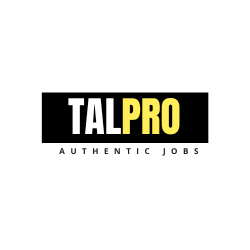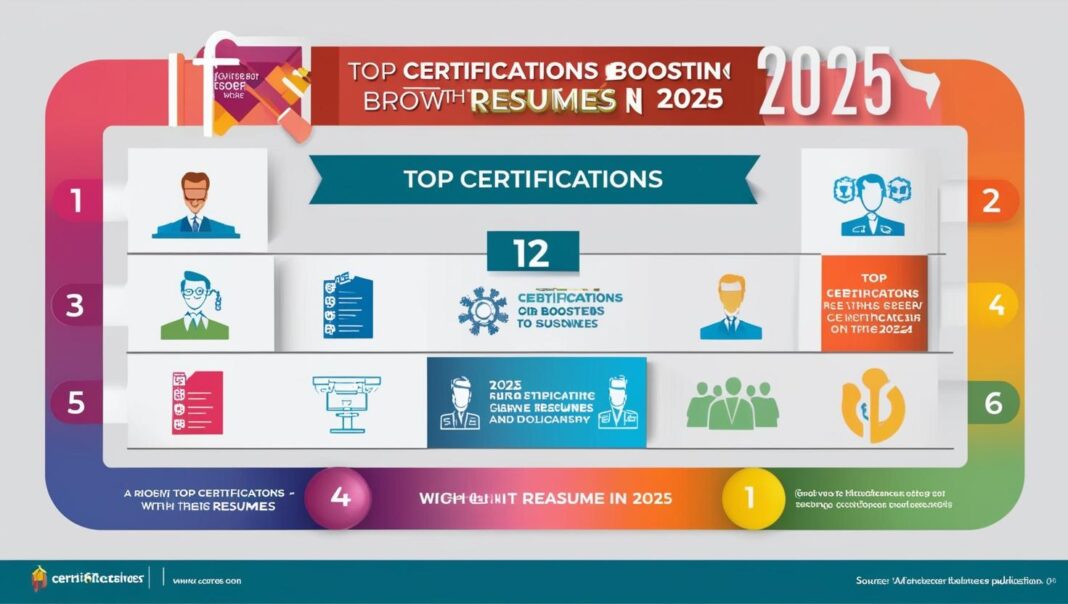A professional portfolio is more than just a collection of your work—it’s a powerful tool for showcasing your skills, accomplishments, and personal brand. In 2025’s competitive job market, having a well-organized portfolio can set you apart from other candidates and make a lasting impression on potential employers. Here’s why you need a professional portfolio and how to build one that stands out. #ProfessionalPortfolio #CareerSuccess #JobSearchTips
1. Why a Professional Portfolio Matters
A professional portfolio highlights your expertise in a way that goes beyond a resume. It allows employers to see tangible examples of your work and demonstrates your ability to deliver results. Whether you’re in a creative field like graphic design or a technical industry like engineering, a portfolio provides evidence of your skills and achievements. #PortfolioBenefits #ShowYourSkills
2. Choose the Right Format for Your Industry
The format of your portfolio depends on your field. For creative industries like design, writing, or photography, an online portfolio hosted on platforms like Behance, Dribbble, or a personal website is ideal. For more technical fields like software development, GitHub repositories or case studies highlighting your projects can be more effective. Professionals in marketing or education might prefer PDF portfolios or LinkedIn showcases. #PortfolioFormats #IndustrySpecific
3. What to Include in Your Portfolio
Your portfolio should be tailored to your industry and the roles you’re targeting. Here are some essentials:
• Work Samples: Include 5–10 examples of your best work, such as designs, projects, reports, or code snippets.
• Case Studies: Provide detailed insights into a few projects, including the problem, your approach, and the results.
• Testimonials: Highlight client or colleague feedback that speaks to your skills and professionalism.
• Resume and Bio: Add a short section about your background and career highlights.
• Contact Information: Make it easy for employers to reach you. #PortfolioEssentials #ShowcaseYourWork
4. Tailor Your Portfolio for Each Opportunity
One size does not fit all. Customize your portfolio to match the job or client you’re targeting. For instance, if you’re applying for a UX design role, prioritize user research and wireframe examples. For content writing, highlight blog posts or articles relevant to the company’s niche. #TailoredPortfolio #ProfessionalTips
5. Use Visuals to Enhance Your Portfolio
A visually appealing portfolio not only grabs attention but also keeps the viewer engaged. Use clean layouts, high-quality images, and consistent branding. Avoid clutter by focusing on quality over quantity. Tools like Canva, Adobe Portfolio, or Wix can help you create a professional design, even if you’re not a graphic designer. #VisualAppeal #PortfolioDesign
6. Keep Your Portfolio Updated
An outdated portfolio can hurt your chances of landing opportunities. Regularly update your portfolio with your latest work and accomplishments. Set a reminder every few months to review and refresh your portfolio. #StayCurrent #CareerGrowth
7. Leverage Your Portfolio During Interviews
Bring your portfolio to life in interviews by walking the employer through relevant examples. For virtual interviews, share your screen to showcase specific projects or achievements. This proactive approach demonstrates confidence and enthusiasm for the role. #InterviewTips #PortfolioShowcase
8. Promote Your Portfolio
Your portfolio is only effective if it’s seen by the right people. Share it on your LinkedIn profile, include it in your email signature, and link to it in job applications. If you have a personal website, optimize it with SEO-friendly keywords to attract potential employers or clients. #PromoteYourWork #PortfolioVisibility
Common Mistakes to Avoid
• Overloading with Content: Focus on quality, not quantity. Showcase only your best work.
• Neglecting Design: A poorly designed portfolio can detract from the quality of your work.
• Forgetting to Proofread: Typos and errors can harm your professionalism. #PortfolioMistakes #ProfessionalTips
Conclusion: Your Portfolio, Your Professional Story
A professional portfolio is a dynamic way to showcase your skills, tell your story, and differentiate yourself in a competitive job market. By curating your best work, maintaining a clean design, and promoting your portfolio effectively, you can create a lasting impression on employers and clients. Start building or updating your portfolio today to take control of your career success. #ProfessionalPortfolio #CareerAdvancement #JobSearchTips






Great post. I was checking continuously this blog and I’m impressed! Very helpful information particularly the last part 🙂 I care for such information a lot. I was seeking this certain information for a long time. Thank you and good luck.